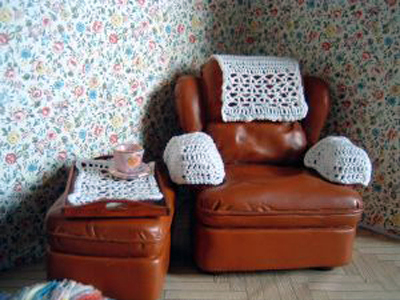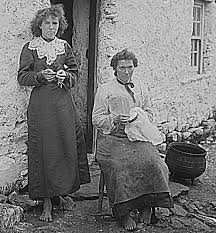Fabric Memories
Fabric Memories
My father recently sold our family home. Because of this there was a need to venture up into the attic and go through the bags and boxes which had accumulated over the years. There were many years in this house and there were 7 of us living in this home so as you can imagine there was quite a build-up.
Some things needed to go in the skip, some things would be used again and some other things were simply too precious to be thrown out. There were bags and bags of old linen. And when I say linen, I don’t mean actual linen, but rather old bed sheets, pillow cases, duvet covers and that kind of thing. I opened the bags and searched through. Childhood memories of course came flooding back. My old duvet cover made me remember my old room. The posters on the wall, my little trinkets on my locker, my locker! My friends who used to hang out in that room; the laughs we used to have; the noise we used to make. But, back to reality, I was in the attic because I had a job to do and part of that job required me to be really ruthless. The duvet cover had to go!
There were many items there from my mother’s time. This of course was very difficult. A part of me believes that fabric, in some sense absorbs the passing of time and because of this, it also absorbs the memories.
Amongst the countless pillow cases and old sheets, I spied a bit of lace. I pulled it out. It was an antimacassar. For those of you who don’t know an antimacassar is a small cloth which is placed on the back of a chair or couch to prevent the head of the person sitting causing any discolouration to the upholstery. In the early 19th century men would wear Macasser Oil in their hair, hence the name of these very functional pieces of fabric.
I remember my mother’s antimacassars: 3 on the back of the couch, one for every seat and one on each arm-chair. She made them, white cotton fabric with a white crochet lace trim. The crochet lace was the same style of crochet lace she used to make our communion dress, which was passed down between the 3 girls. I remembered it all. I remembered that couch, I remembered the next couch, I remembered the sitting room, I remembered Christmas morning, I remembered our dog, I remembered the glass coffee table and I also remember smashing the glass coffee table! Seemingly random memories evoked by this one piece of fabric. Magical. This, I was keeping.
It’s funny how when something has been made by hand, it has so much more meaning and becomes so difficult to part with. For me, this fabric has a story to tell and hopefully there’ll be another chapter to its tale.

 unfortunate peasant girl, sitting by a fire, needle and thread in hand with the last light of the last candle flickering away. Indeed this was the situation for many a lace maker. However, I’m going to be quite controversial here and offer a slightly more positive twist on the Irish Lace Story.
unfortunate peasant girl, sitting by a fire, needle and thread in hand with the last light of the last candle flickering away. Indeed this was the situation for many a lace maker. However, I’m going to be quite controversial here and offer a slightly more positive twist on the Irish Lace Story.